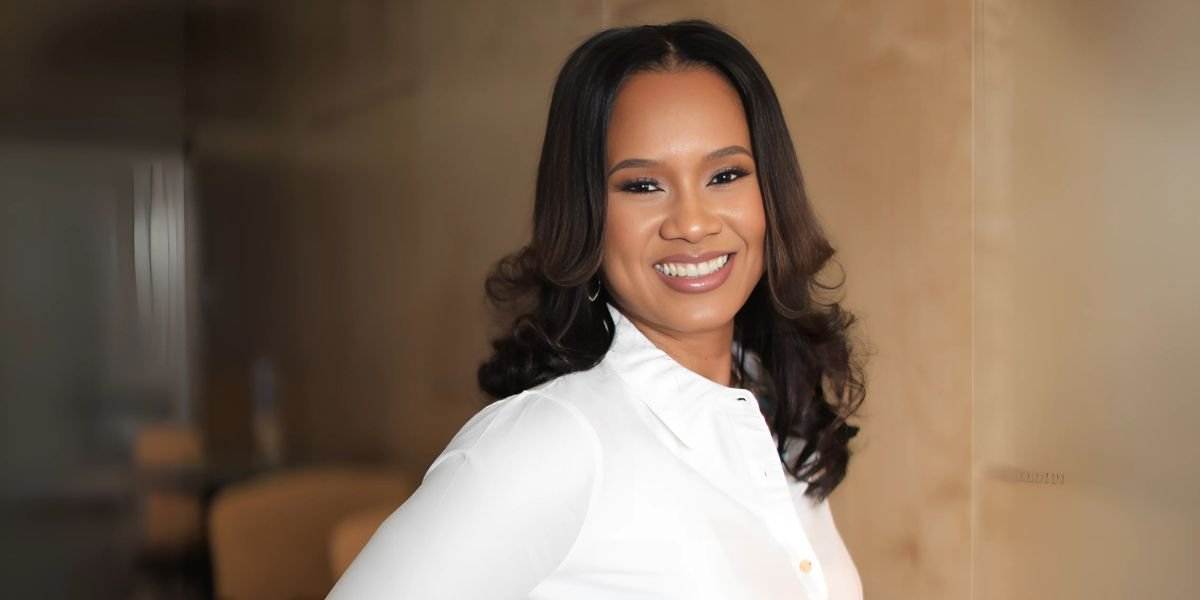The creative industry is often glamorized, but behind the scenes, it can be incredibly demanding. Long hours, tight deadlines, and constant pressure to produce original work can take a toll on mental health and work-life balance. This article explores the challenges of maintaining well-being in a creative career and offers practical advice for avoiding burnout, drawing from personal experiences and expert insights.
One of the biggest challenges in the creative industry is the blurred line between work and personal life. Many creatives pour their heart and soul into their work, often sacrificing sleep, social time, and self-care in the process. This imbalance can lead to burnout, a state of physical and emotional exhaustion that makes it difficult to function, let alone create. Recognizing the signs of burnout—such as chronic fatigue, irritability, and a lack of motivation—is the first step toward addressing it.
Another common issue is the pressure to constantly produce new and innovative work. In a competitive industry, creatives often feel the need to prove themselves repeatedly, leading to stress and anxiety. This pressure can be especially intense for freelancers or self-employed individuals, who may not have the stability of a regular paycheck or benefits. Learning to set realistic goals and boundaries is essential for managing this pressure and maintaining mental health.
One effective strategy for maintaining work-life balance is to establish a routine. While creativity often thrives on spontaneity, having a structured schedule can provide a sense of stability and control. For example, setting specific work hours and sticking to them can help creatives separate work time from personal time. Taking regular breaks, such as a short walk or a mindfulness exercise, can also help recharge the mind and prevent burnout.
Another important aspect of work-life balance is learning to say no. Many creatives feel compelled to take on every opportunity that comes their way, fearing that saying no might lead to missed chances. However, overcommitting can lead to stress and exhaustion, ultimately harming both the quality of work and personal well-being. Setting boundaries and prioritizing projects that align with one’s goals and values can help maintain balance and focus.
Self-care is another crucial component of maintaining mental health in a creative career. This includes not only physical health—such as eating well, exercising, and getting enough sleep—but also emotional and mental well-being. Practices like meditation, journaling, or therapy can help creatives process their emotions and manage stress. For example, a writer might use journaling to explore their thoughts and feelings, while a visual artist might find solace in meditation.
Another way to support mental health is to build a strong support system. Having friends, family, or colleagues who understand the challenges of the creative industry can provide a sense of connection and belonging. Sharing struggles and successes with others can make the journey feel less isolating and more manageable. For example, joining a creative community or support group can offer encouragement, advice, and a sense of camaraderie.
Taking time off is also essential for avoiding burnout. While it can be tempting to work non-stop, especially when deadlines loom, regular breaks are necessary for maintaining creativity and productivity. Whether it’s a weekend getaway, a staycation, or simply a day spent doing something unrelated to work, taking time to rest and recharge can help prevent exhaustion and keep the creative spark alive.
Another important consideration is the role of passion in sustaining a creative career. While passion is often seen as the driving force behind creativity, it can also lead to overwork and burnout if not balanced with self-care. Creatives need to find ways to nurture their passion without letting it consume them. For example, setting aside time for personal projects or hobbies that bring joy and fulfillment can help maintain a healthy relationship with creativity.
Technology can also play a role in supporting mental health and work-life balance. Tools like time-tracking apps, project management software, and mindfulness apps can help creatives stay organized, manage their time effectively, and practice self-care. For example, a musician might use a time-tracking app to ensure they take regular breaks during long practice sessions, while a graphic designer might use mindfulness apps to reduce stress and improve focus.
In conclusion, maintaining mental health and work-life balance is crucial for sustaining a creative career. By establishing routines, setting boundaries, practicing self-care, and building a support system, creatives can avoid burnout and continue to thrive in their work. Taking time off, nurturing passion, and leveraging technology can also help maintain balance and well-being.
The next time someone feels overwhelmed by the demands of their creative career, they might consider these strategies for maintaining mental health and work-life balance. By prioritizing their well-being, they can create a sustainable and fulfilling career that allows them to thrive both personally and professionally.







